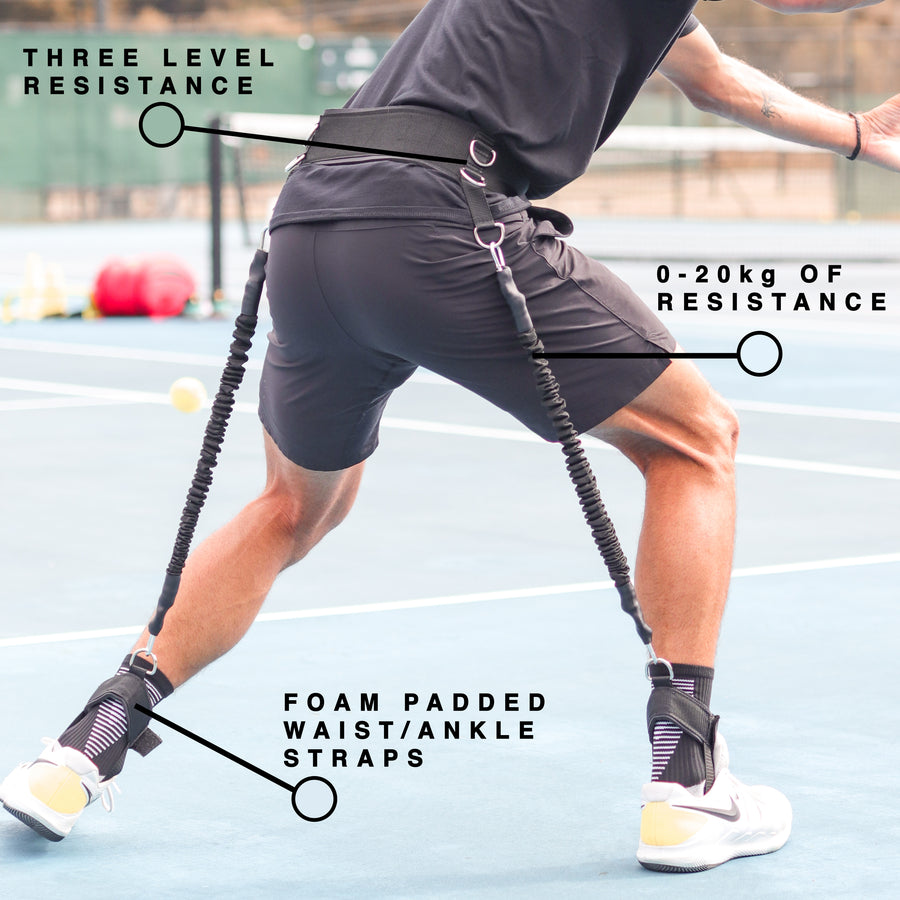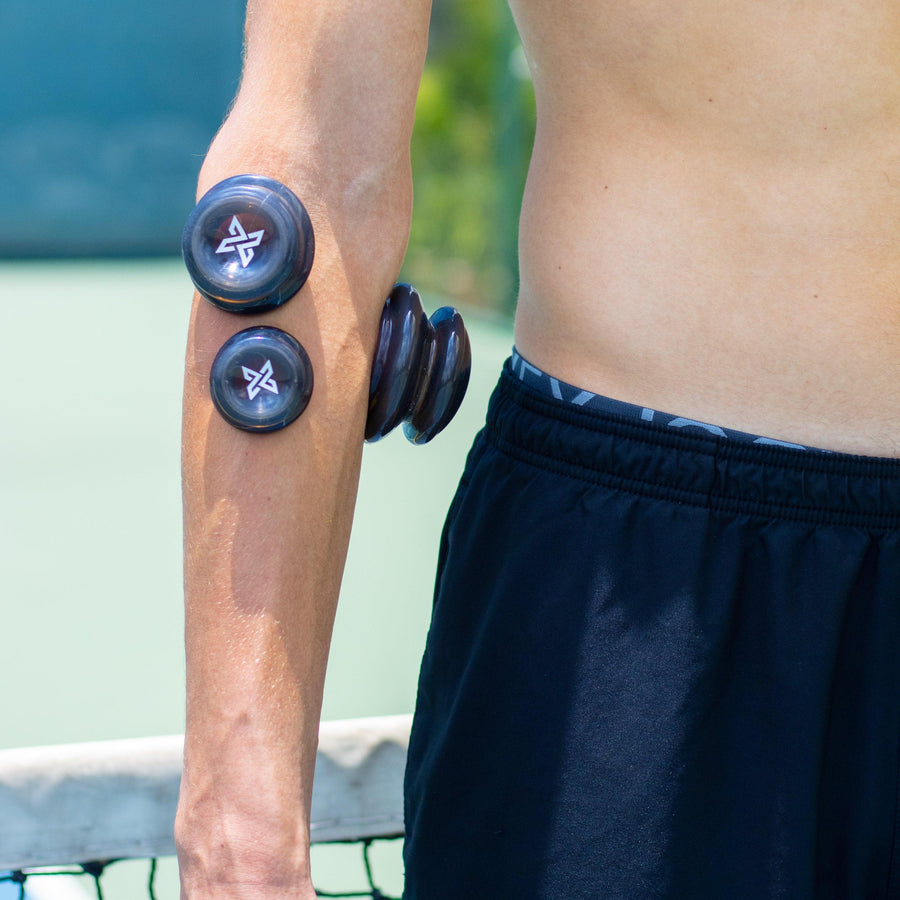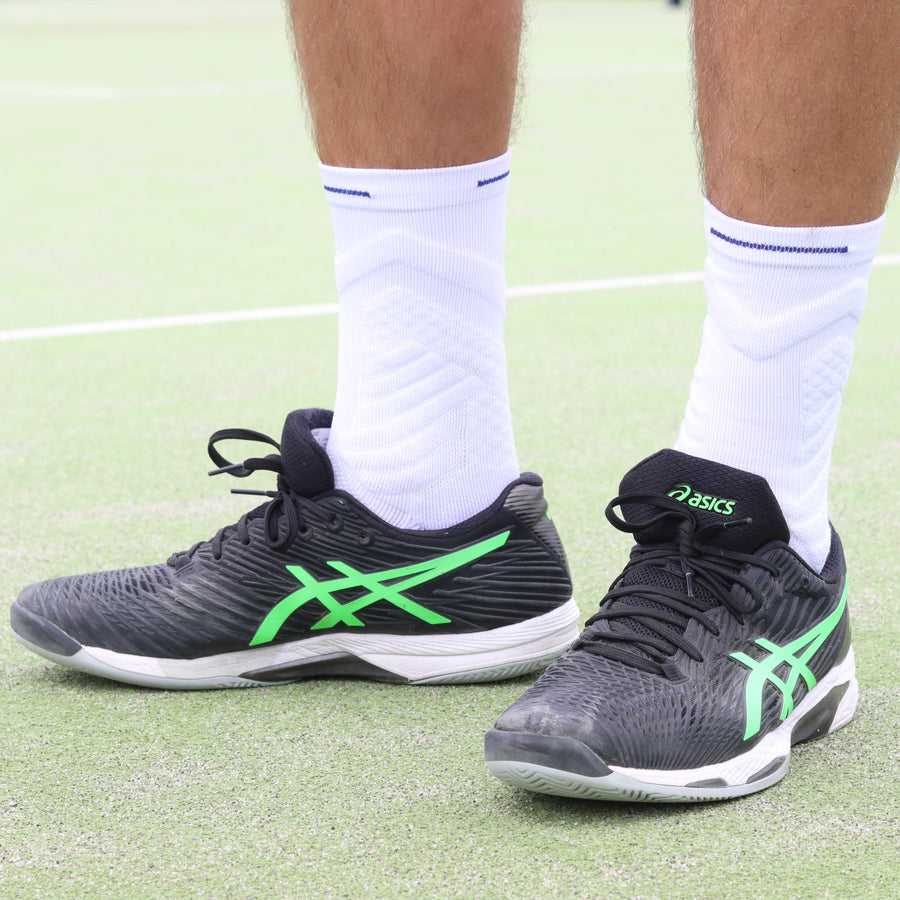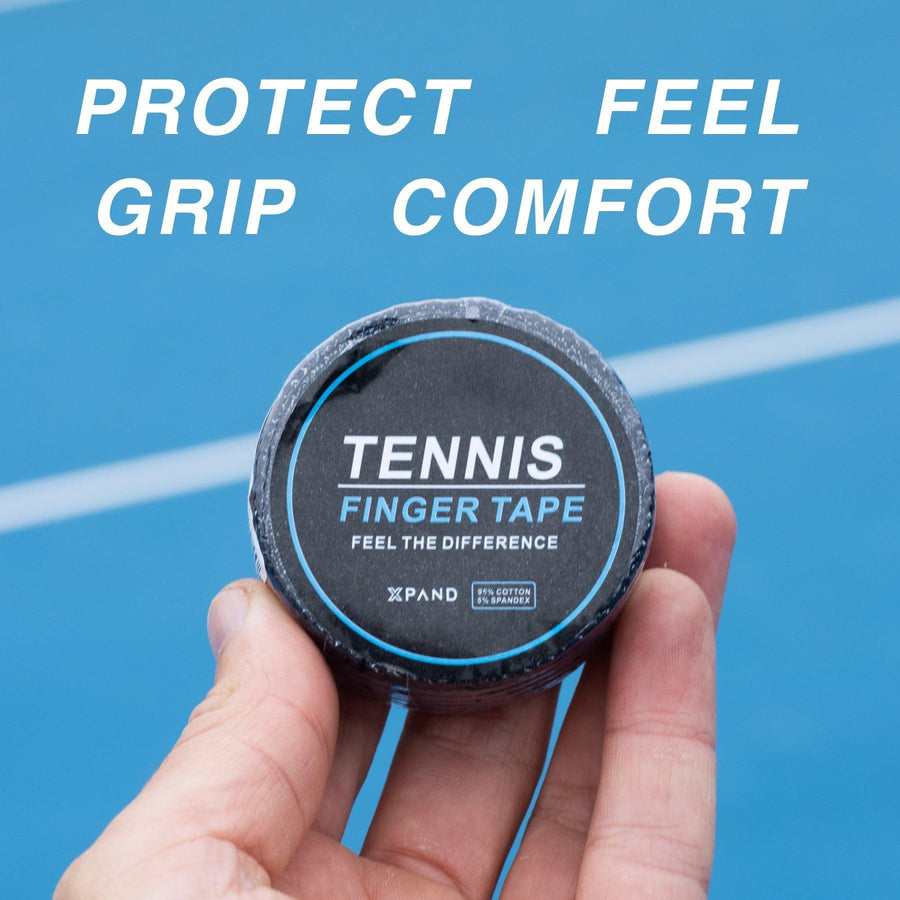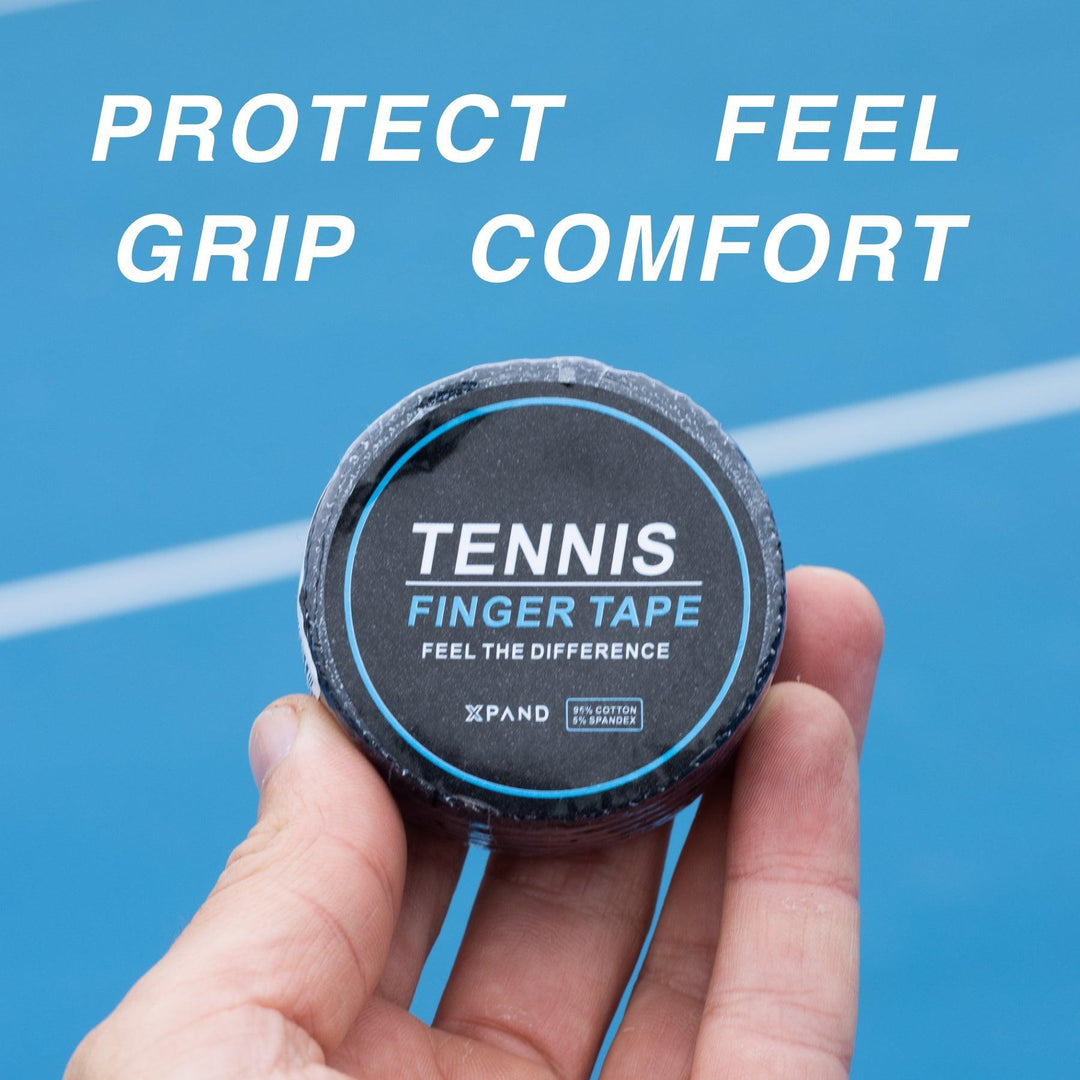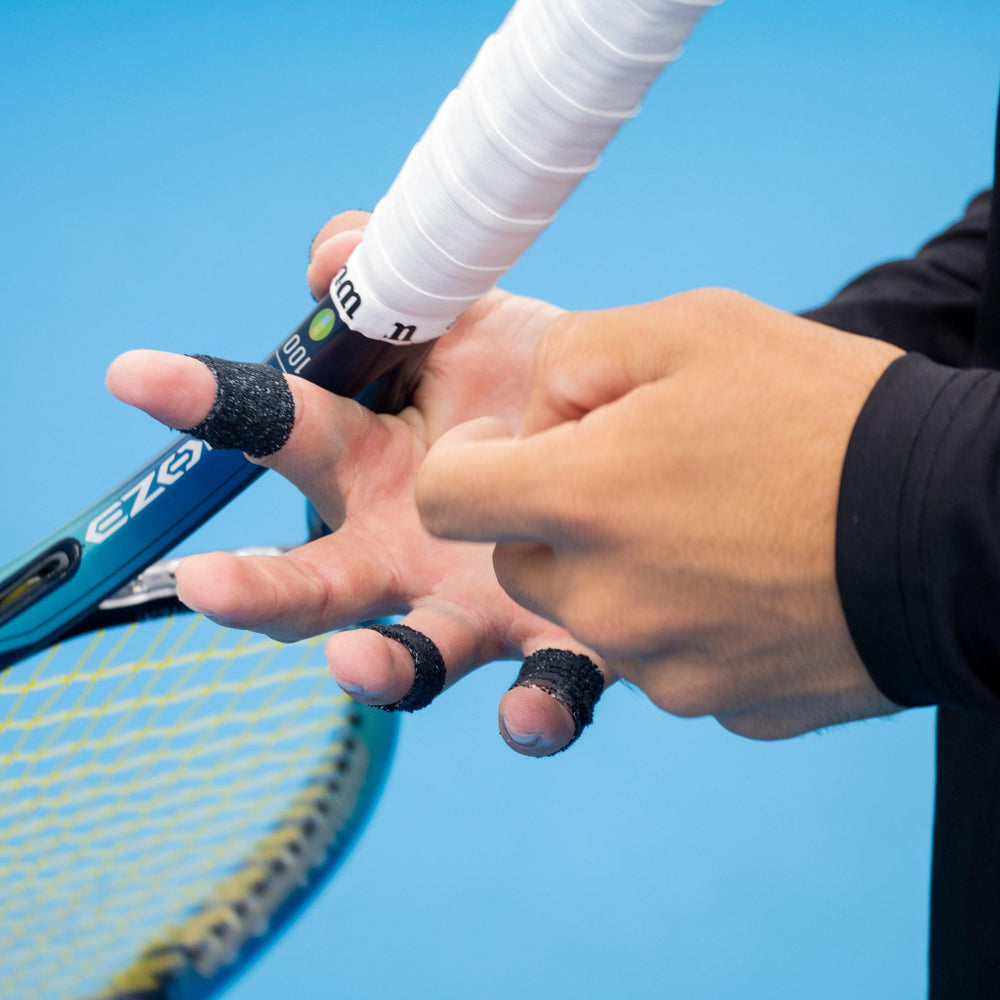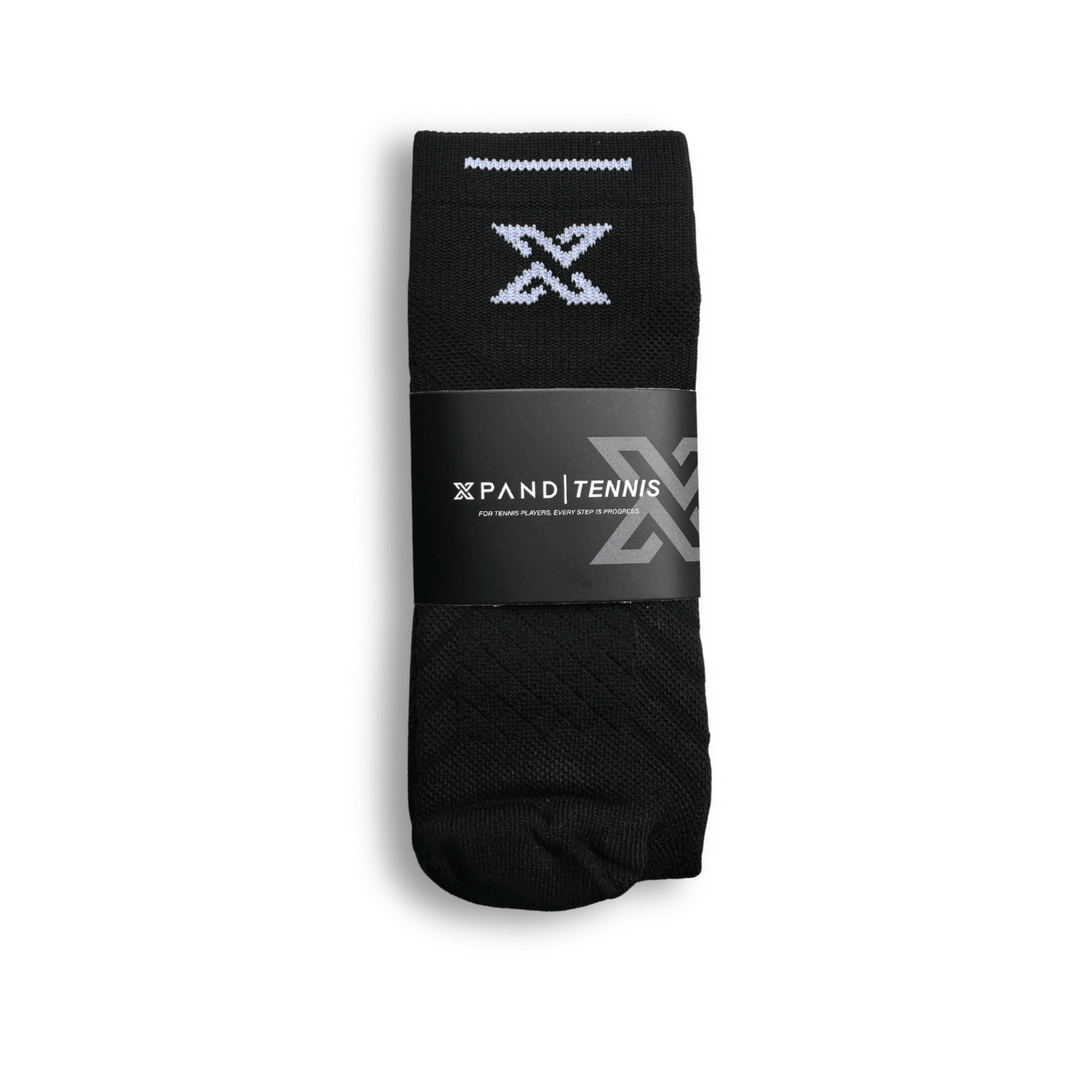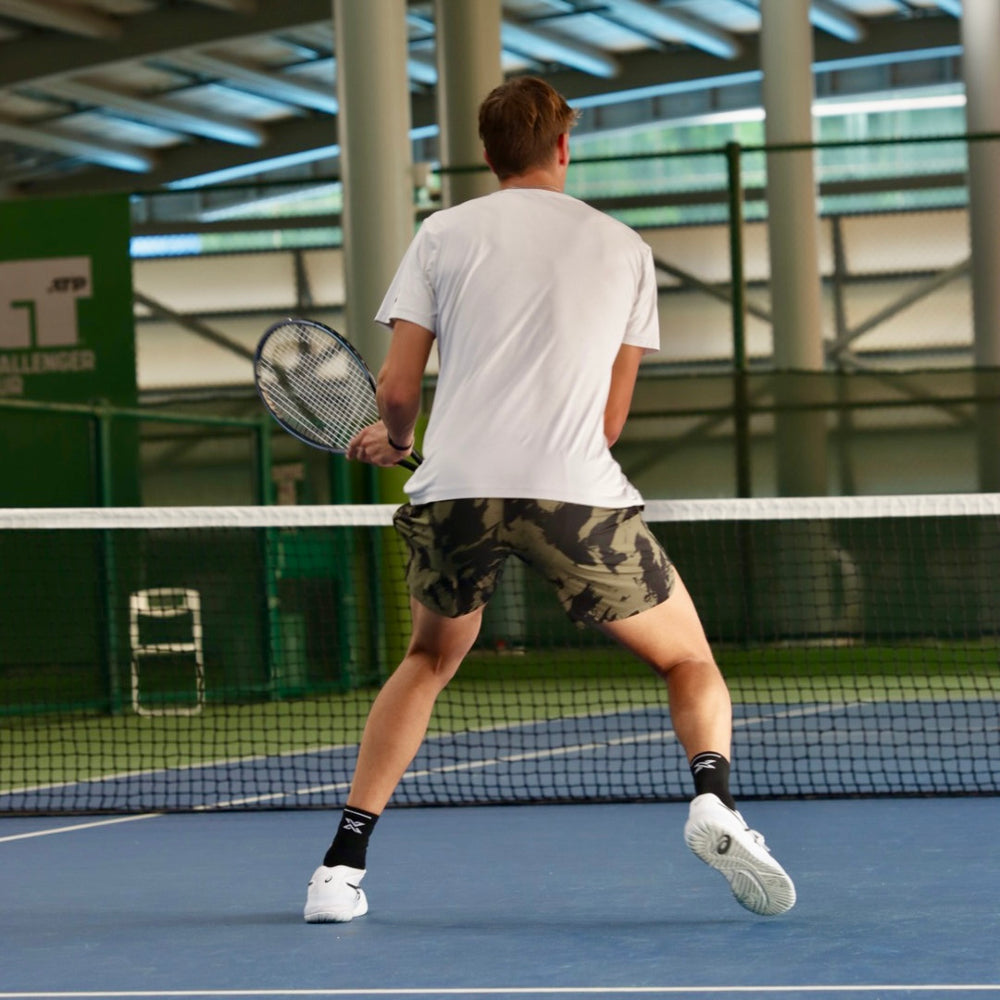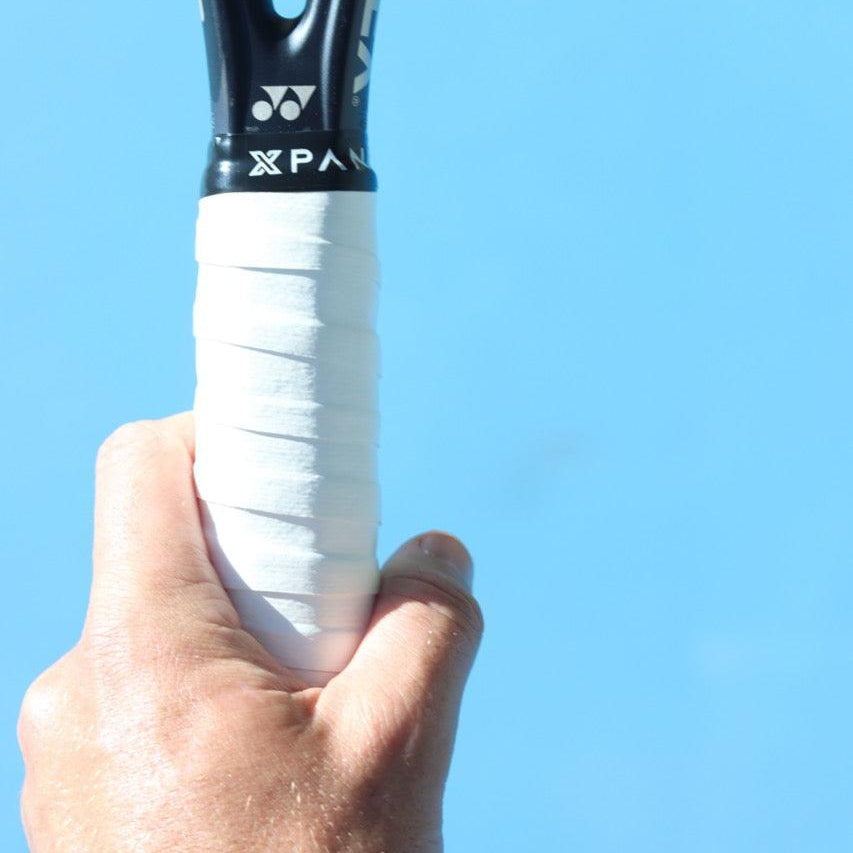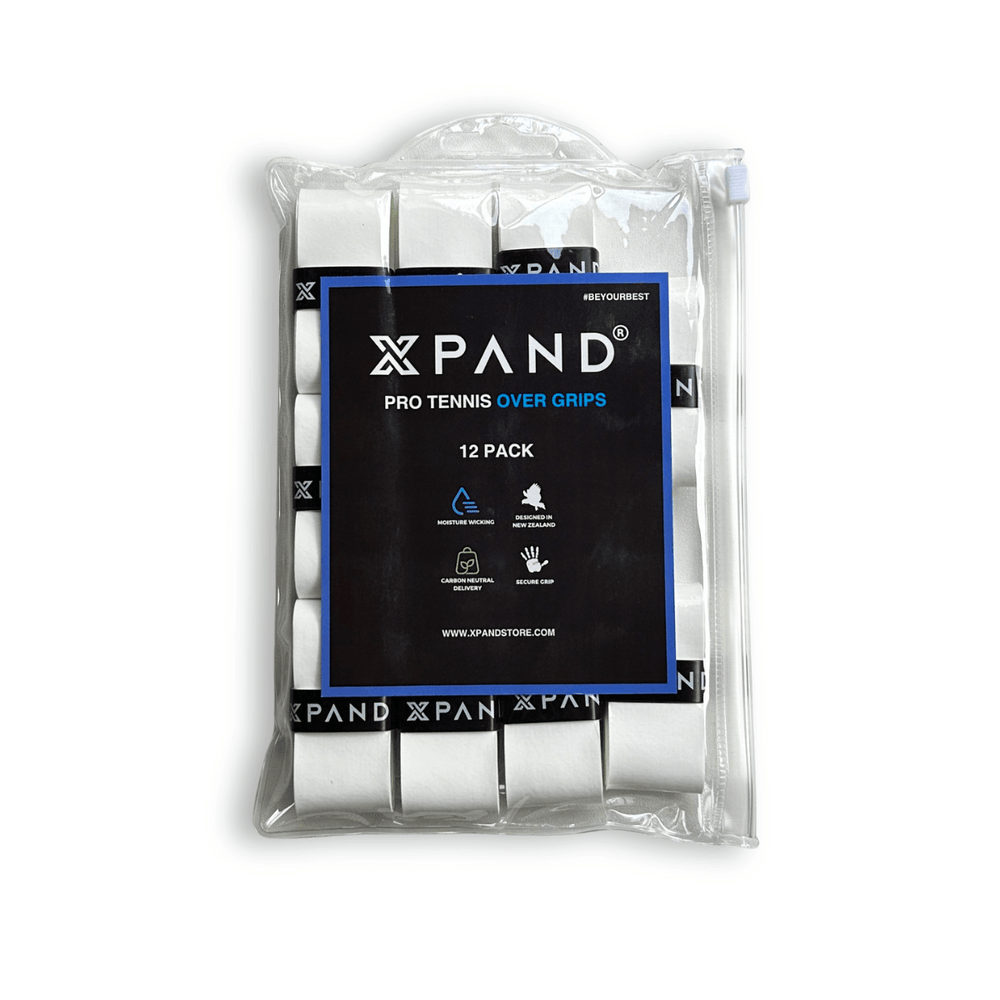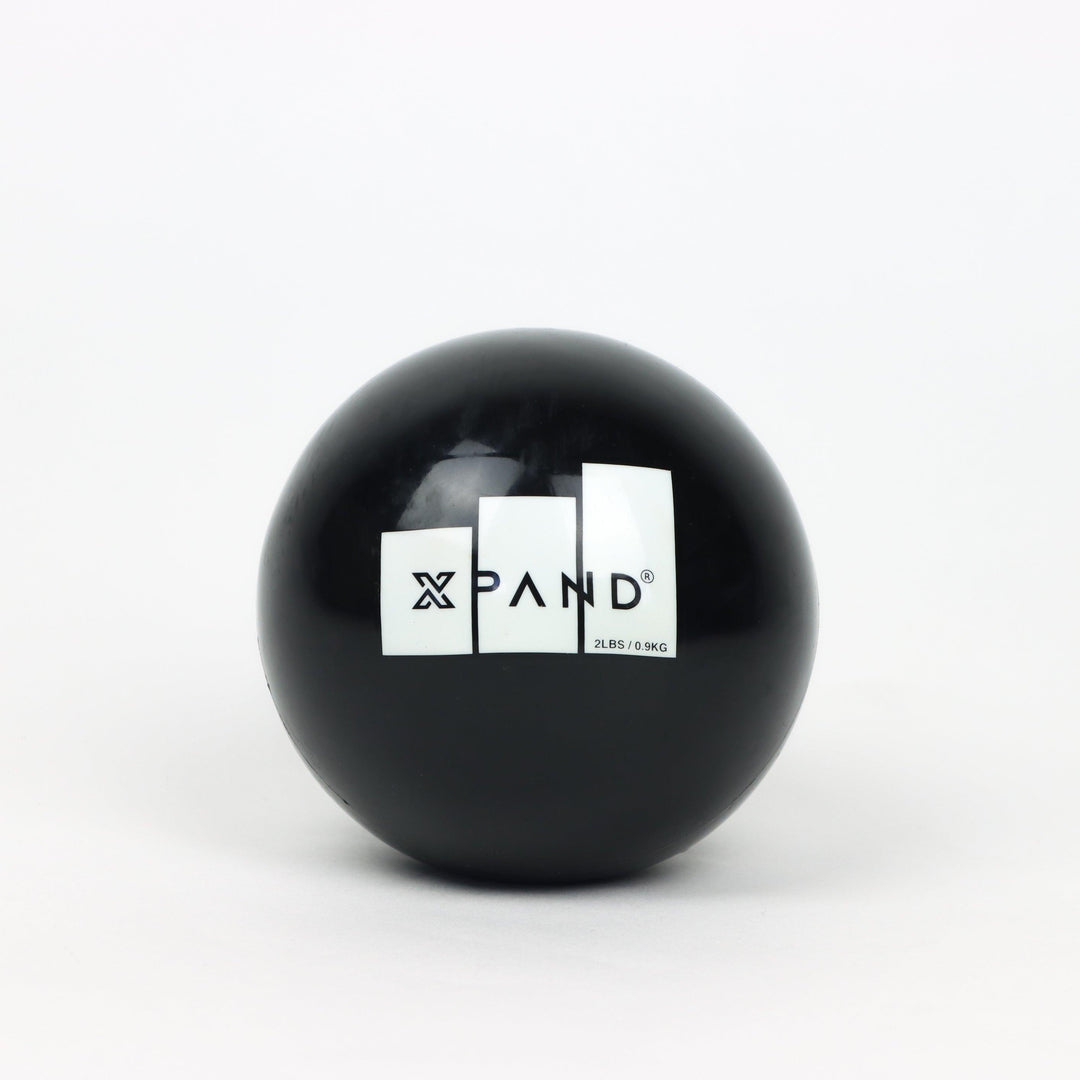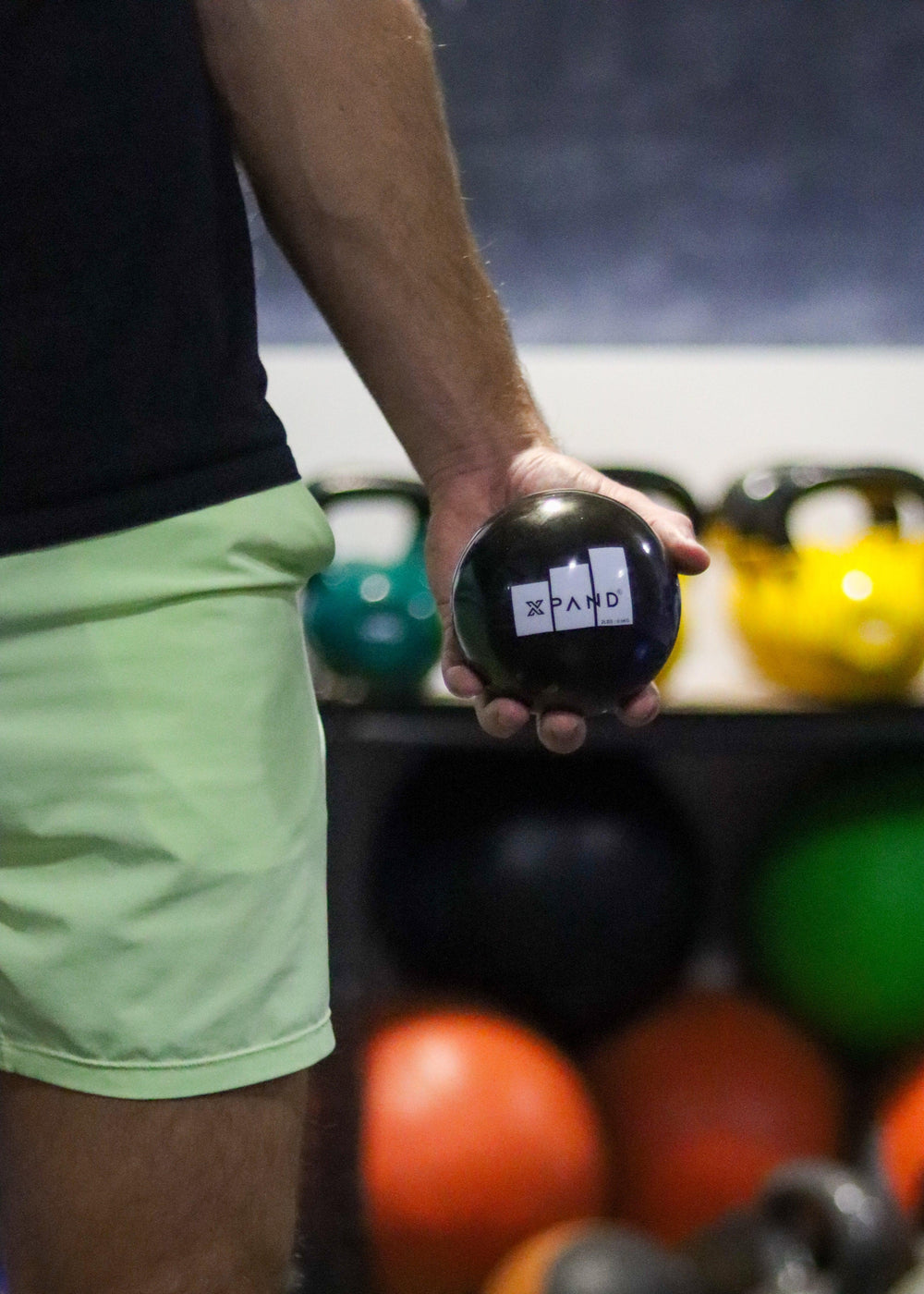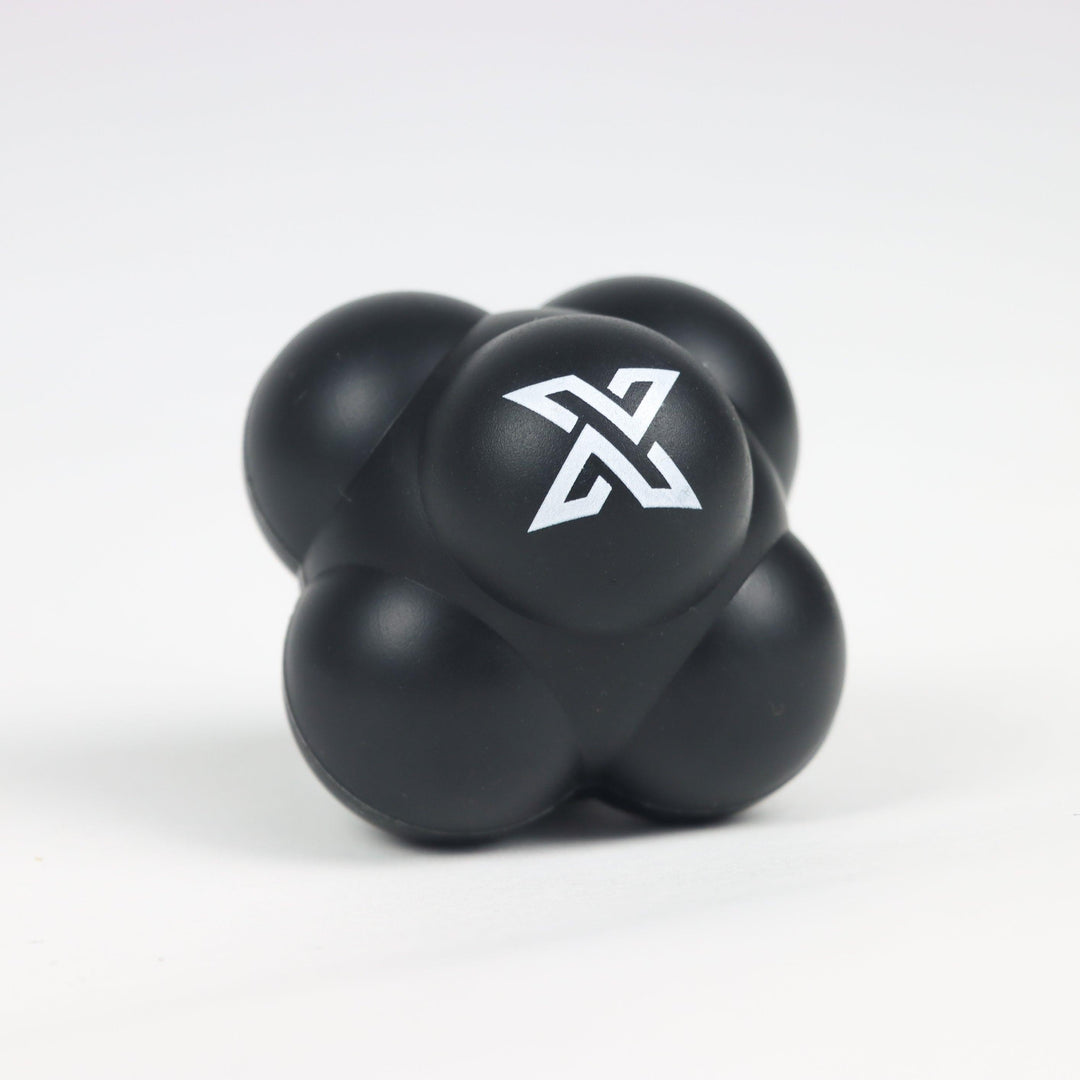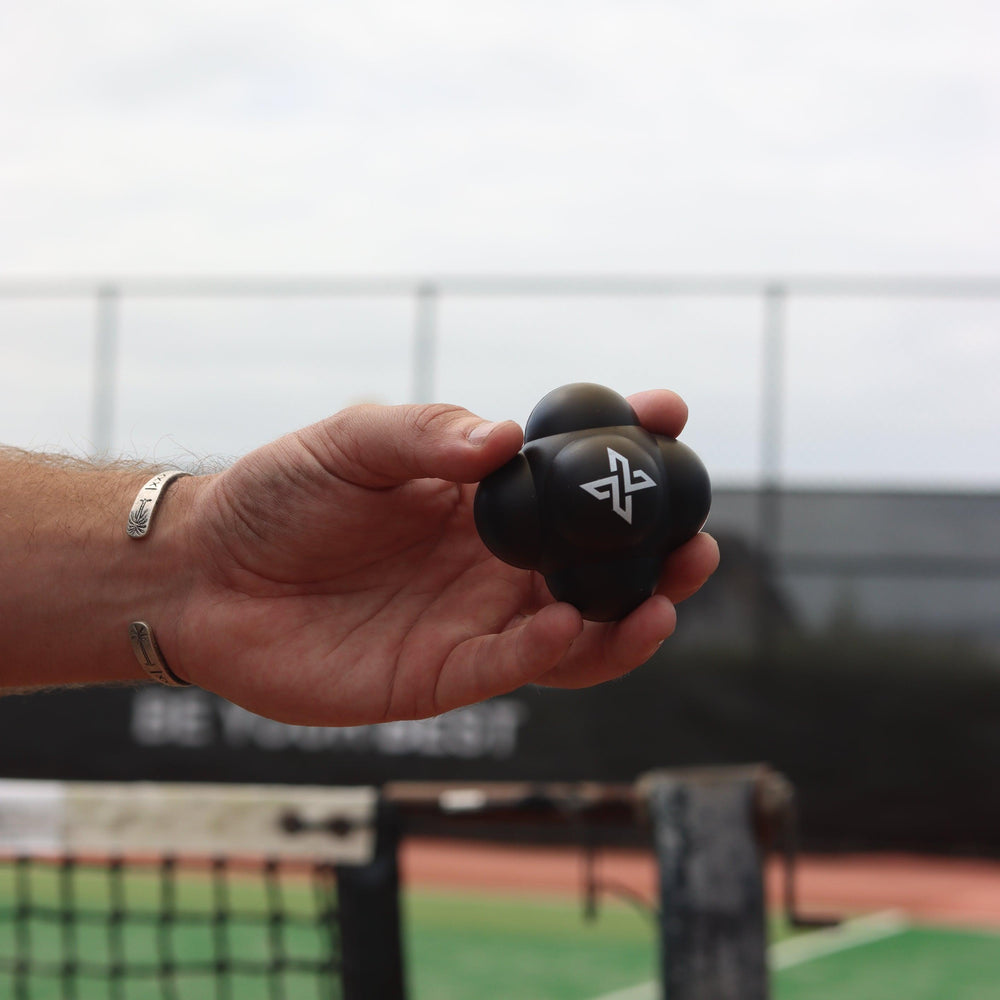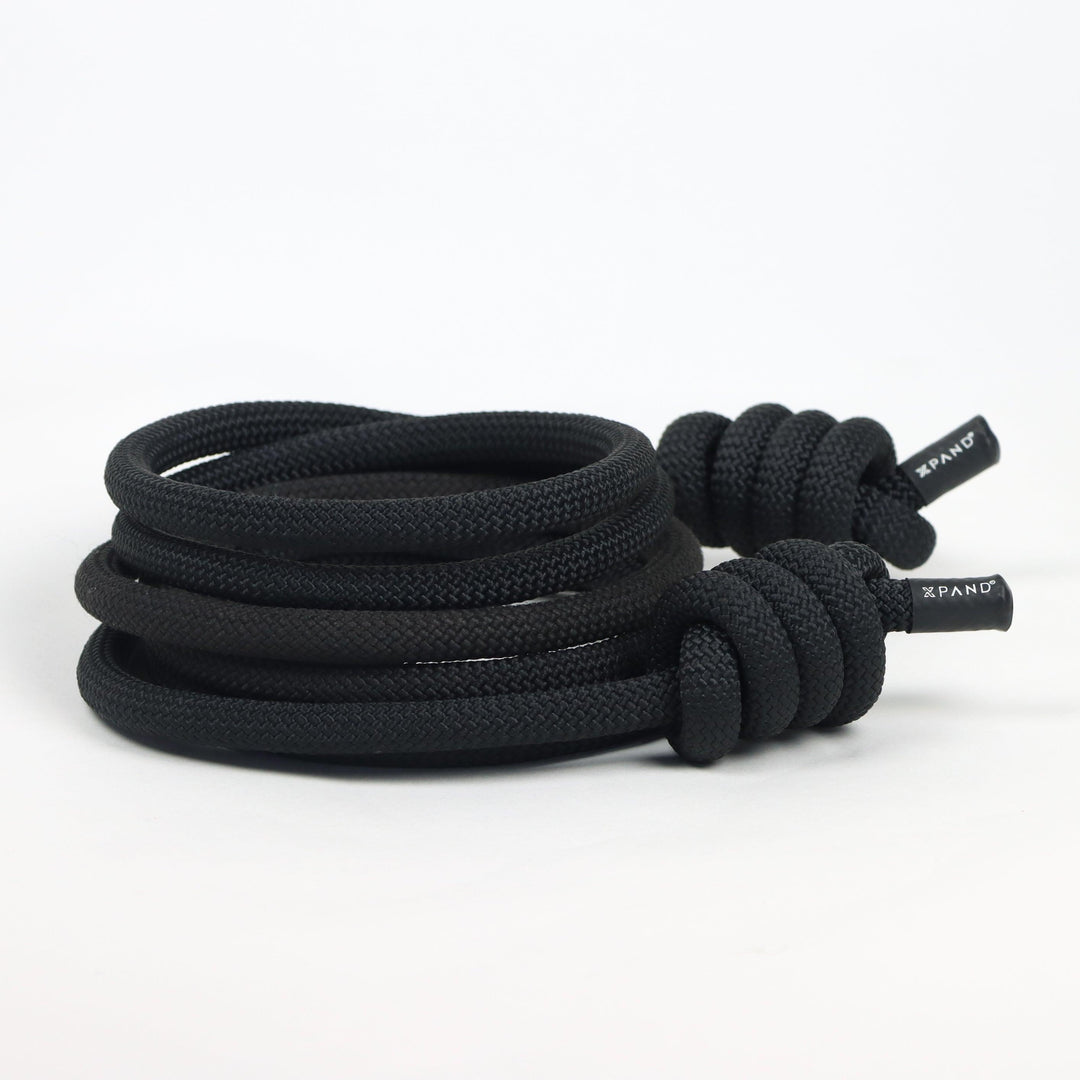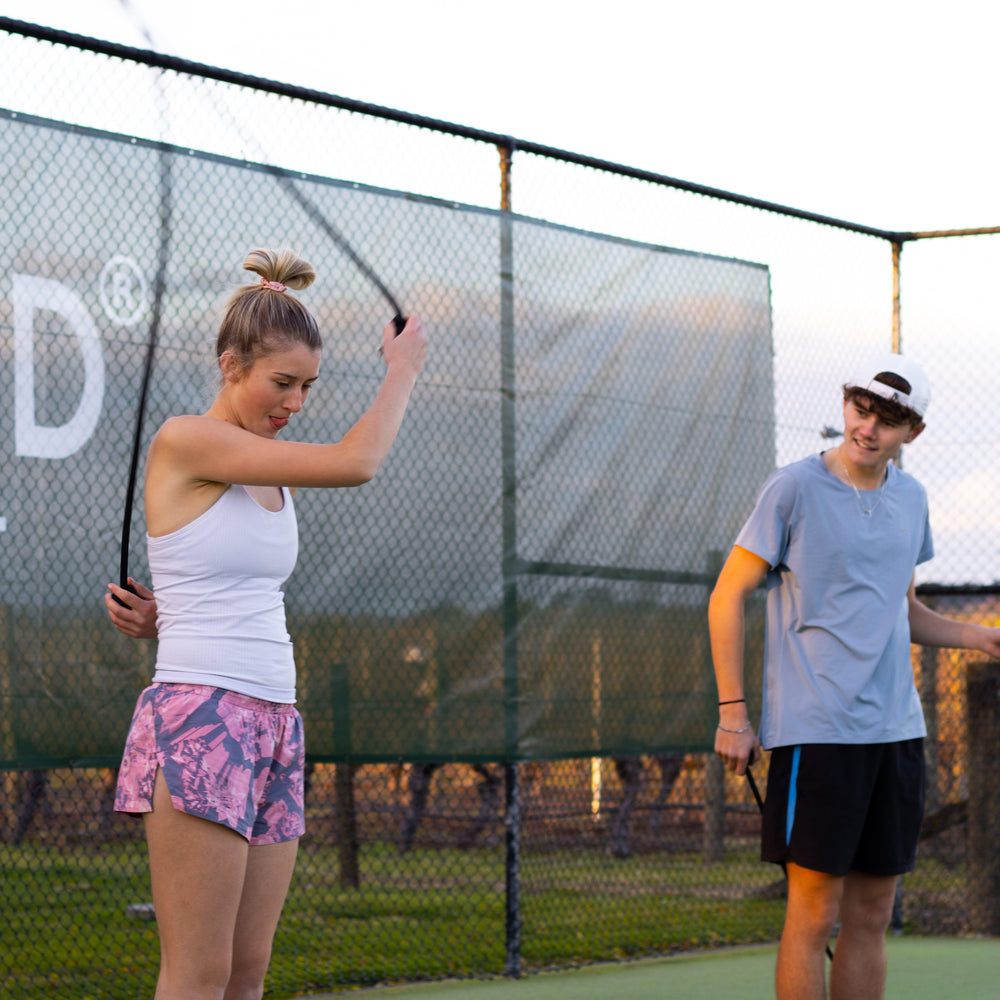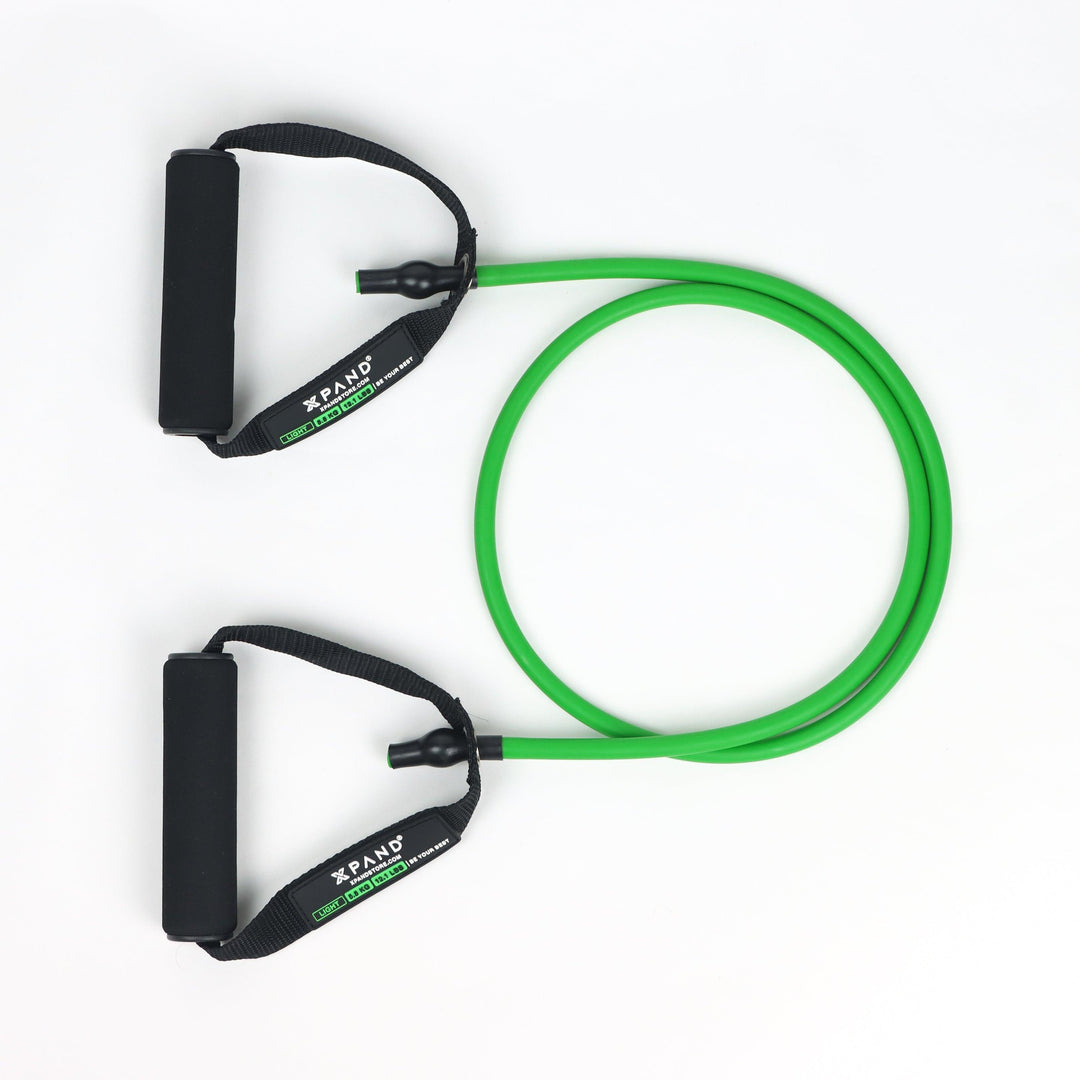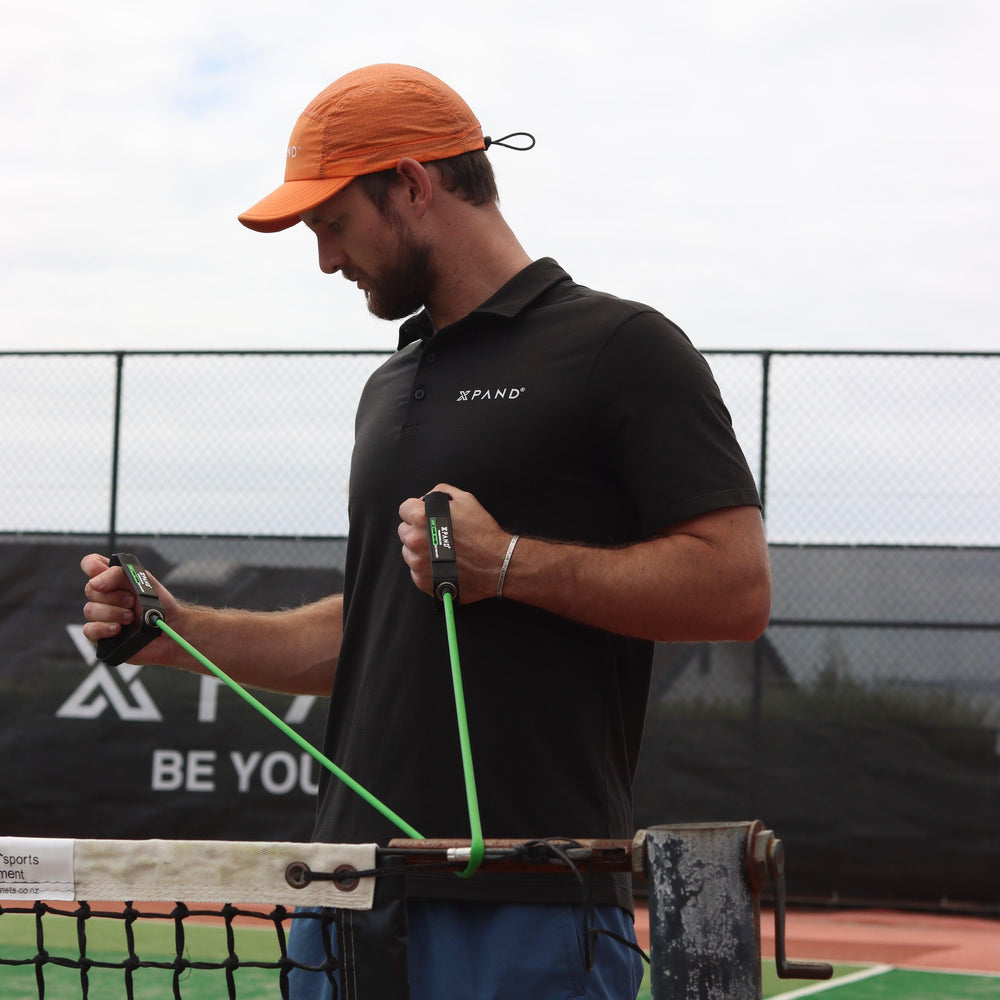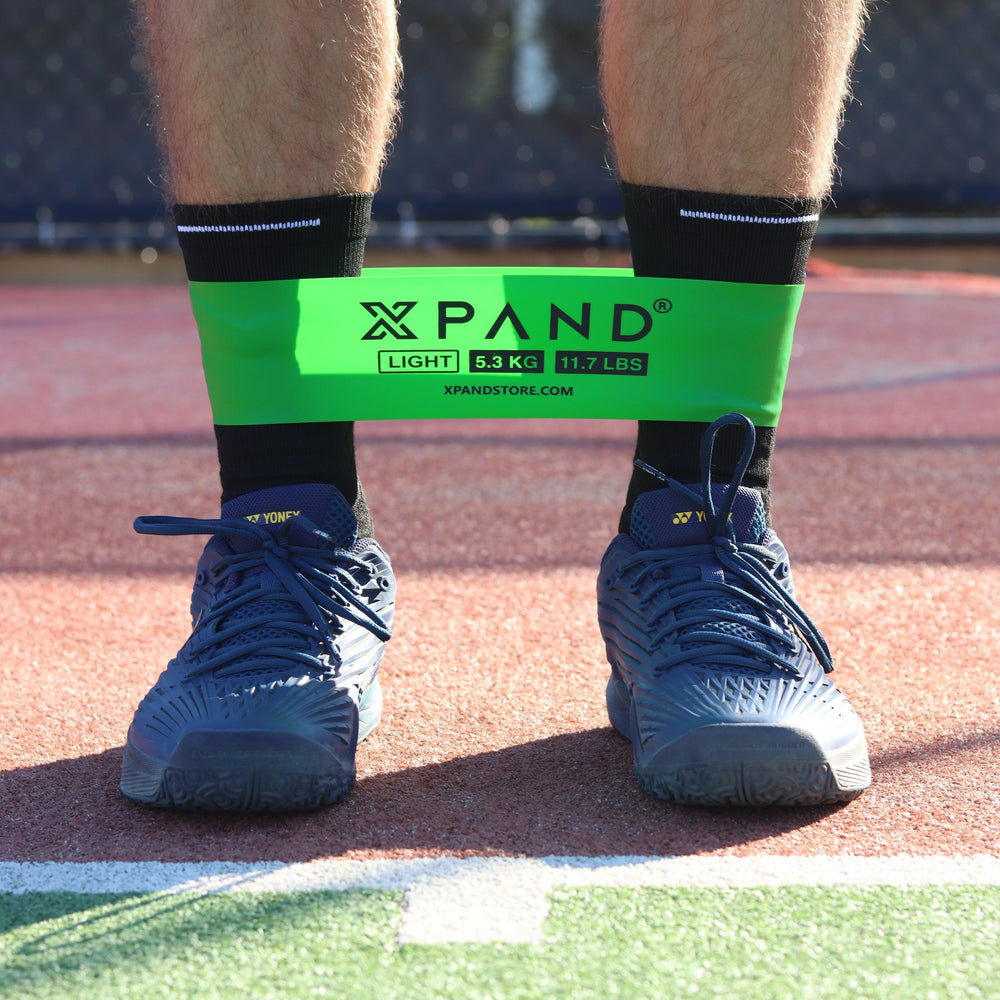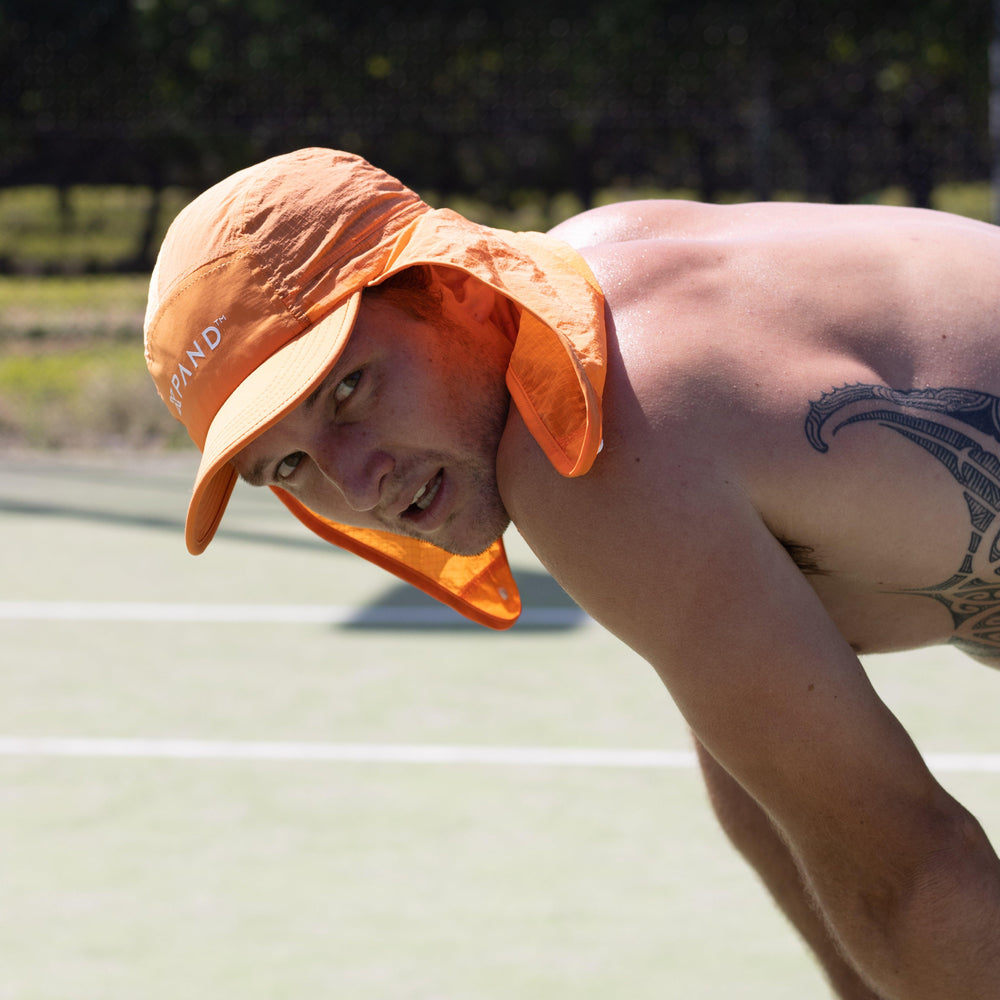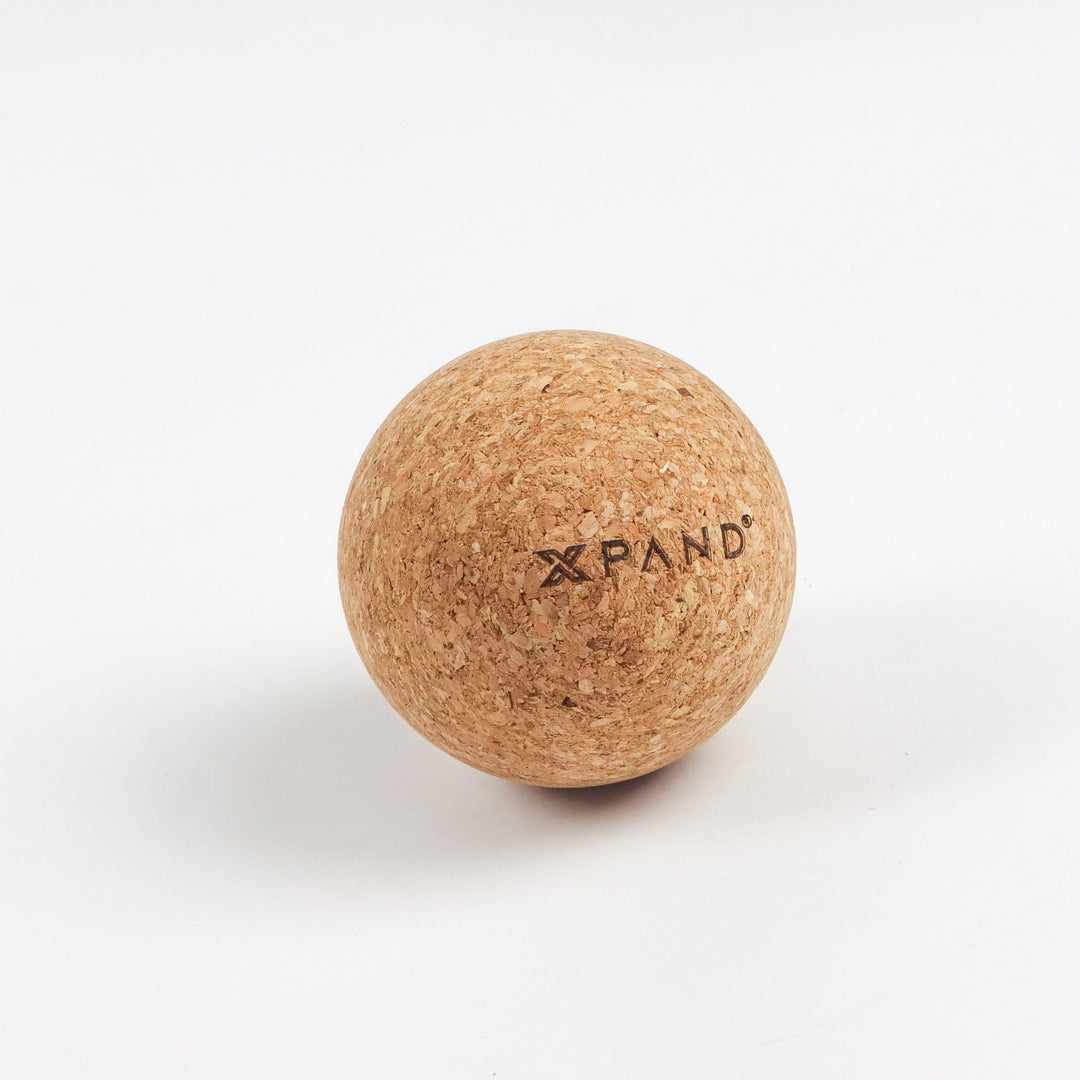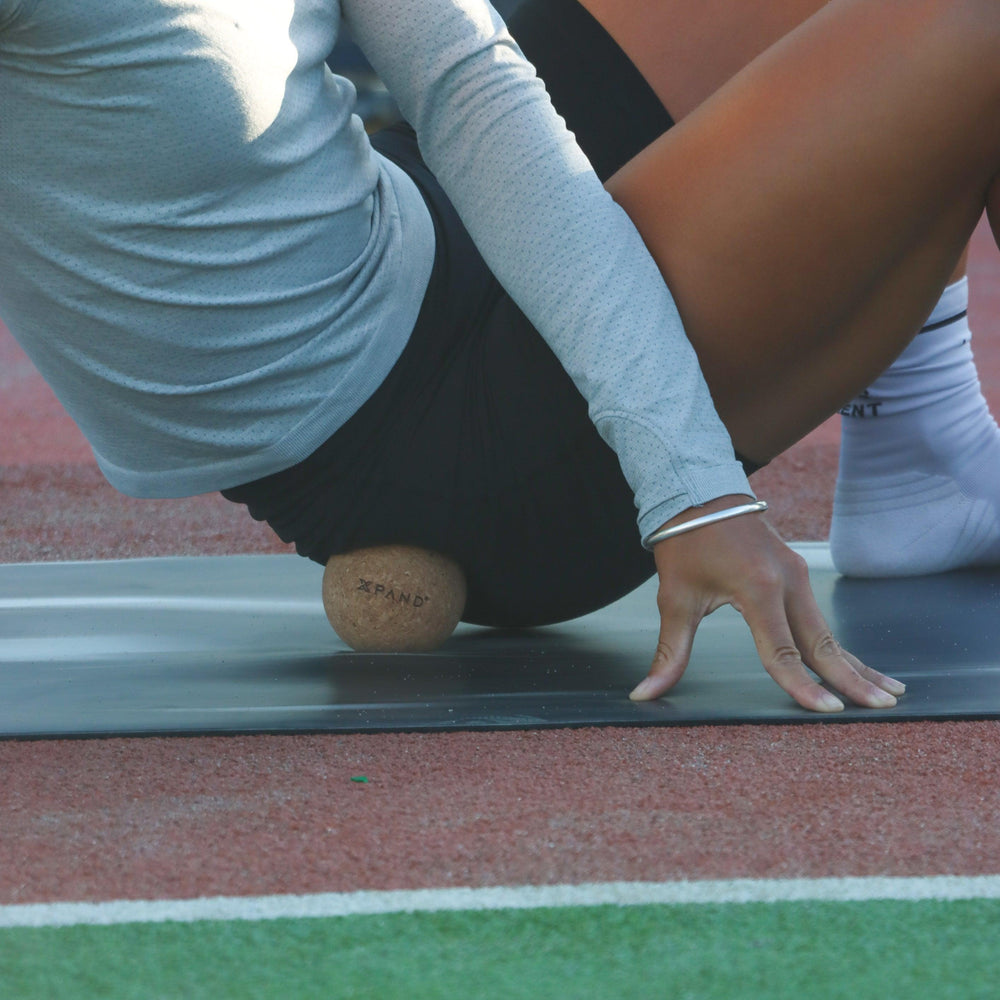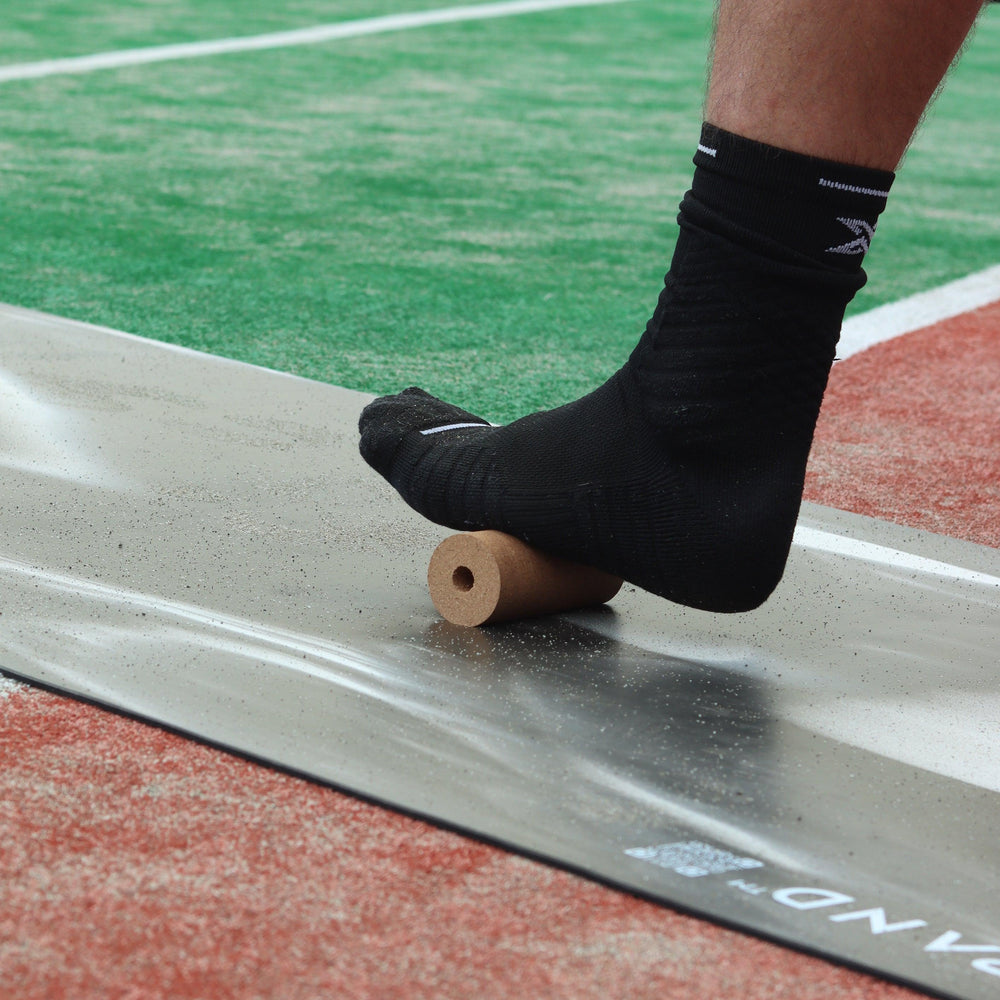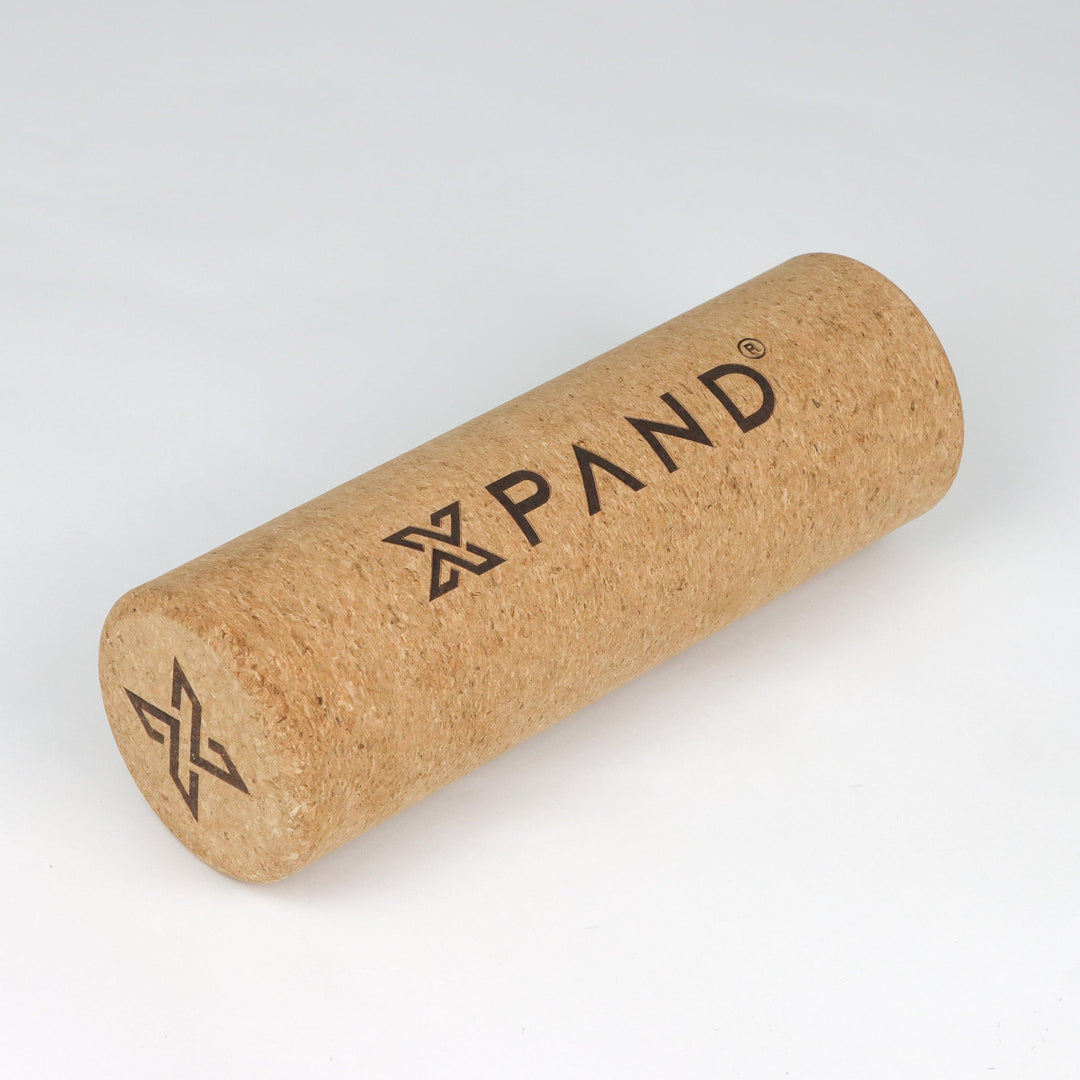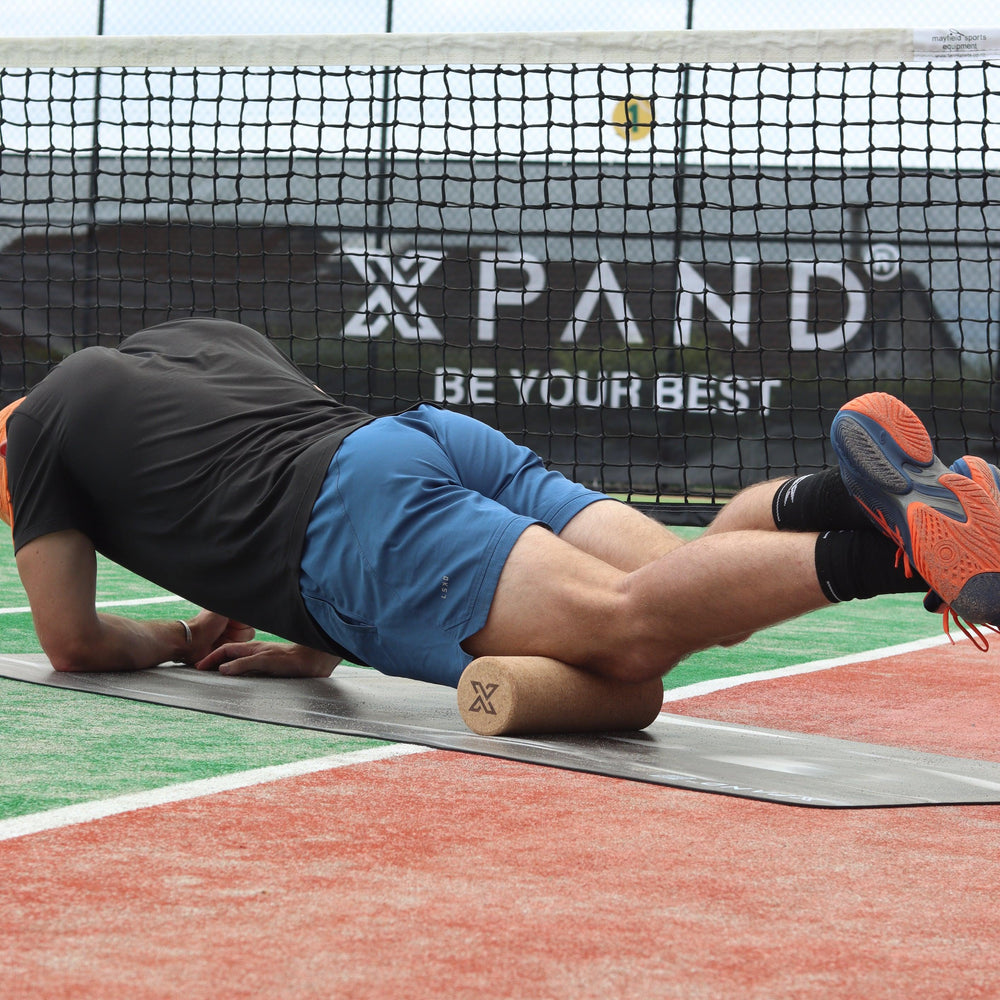Why Strength and Mobility Are the Secret Weapons to Tennis Performance

By Rob- Founder of Xpand and ex pro tennis player.
If you’re serious about improving your tennis game — whether you’re grinding Futures events, aiming for college scholarships, or climbing the club rankings — you’ve got to understand this: strength and mobility are non-negotiable for elite tennis performance.
They’re not just buzzwords. They’re the foundation of explosive movement, injury prevention, and long-term consistency on the court.
Let me break it down like I would to a junior at an academy or someone stepping into the pro circuit for the first time.
Why Strength Matters in Tennis
Tennis is not a contact sport — but it is a collision sport. You're constantly absorbing and producing force: on your serve, your first step, your change of direction, and every forehand winner.
Here’s how strength training improves tennis performance:
-
Faster first step: Strength in the glutes, quads, and hamstrings directly improves acceleration — key for chasing down drop shots or attacking short balls.
-
More powerful shots: A stronger kinetic chain (legs, core, shoulders) = more racket head speed and heavier ball.
-
Better endurance: Strength improves muscular efficiency. You burn less energy doing the same movement, keeping you fresher deeper into matches.
-
Injury prevention: A stronger body can absorb more stress. This is crucial in a sport with constant stop-start patterns and asymmetrical loading.
Pro tip: Your gym work shouldn’t be bodybuilding. It's functional strength — deadlifts, split squats, landmine presses, pull-ups — movements that transfer to the court.
Why Mobility Is the Game-Changer You’re Probably Ignoring
Strength without mobility is like having horsepower with a flat tire.
If you can’t rotate through your thoracic spine, open up your hips, or extend fully through your shoulders, you’re leaking potential every time you swing. Worse, you’re setting yourself up for chronic pain — shoulder impingements, lower back tightness, hip stiffness.
Here’s why mobility is essential in tennis:
-
Efficient stroke mechanics: Full range of motion = better technique, less compensation.
-
Fluid movement: Mobility in the ankles and hips allows smoother transitions, sliding, and split-stepping — especially on clay.
-
Reduced overuse injuries: When joints move well, the muscles around them don’t overwork to compensate.
Pro tip: Don’t skip mobility just because you’re young. Ten minutes daily — dynamic stretches, thoracic openers, trigger massage, 90/90s, band work — is enough to change your game long-term.
The Strength-Mobility Connection
Here’s what most people miss: mobility and strength are two sides of the same coin.
If you only chase flexibility without strength, you’ll be floppy and unstable. If you only chase strength without mobility, you’ll be tight and restricted.
The sweet spot is strength through range. Think of movements like deep Cossack squats, controlled shoulder dislocates, or eccentric Nordic curls — these build strength within mobility.
Mental Edge From Physical Readiness
When you feel strong, fast, and mobile, it’s a different mindset on match day.
You’re not second-guessing your body. You trust it.
You recover faster. You move with confidence. You don’t panic in long rallies or late in the third set.
That’s what separates top players from everyone else — not just talent, but a body that can handle the workload of competitive tennis year-round.
Final Thoughts: 2-3 hrs Investment
- Try our free strength and conditioning program to enhance your game.
We have poured our heart and soul into building a functional training program so anyone can get in the gym to improve their strength and mobility for tennis.
You will notice improvements in your:
-
Functional strength
-
Sport-specific mobility
-
Resilience to injury
-
Confidence in movement
If you’re serious about your tennis performance, invest in your body now — because your game will thank you later. Get your free download here
